Is a Silencer a Suppressor? What to Really Expect From Your New Suppressor.
It may be what you’re searching for but the word “silencer” is misleading. In 1909, Hiram P. Maxim received a patent for the first “silent firearm.” His goal was to keep his recreational shooting from disturbing his neighbors. However, he soon realized his new device had many other benefits, including greatly improving his accuracy. Maxim called these devices silencers and even named his company after them, the Maxim Silencer Company. He sold his invention at hardware stores and through the mail for $3.25. Though he stopped producing them in 1934 due to legislation, his design elements are the foundation of every suppressor made today. And while he referred to them as “silencers” the technology has never rendered the blast from a firearm completely silent. Hollywood has perpetuated that myth, unfortunately, scripting sinister villains into movies and television shows as they affix a suppressor to a pistol or rifle then magically eliminate a target while no character within earshot is the wiser.
Rather than encourage stereotypes, many in the firearms industry, including SIG SAUER, have adopted the more appropriate term “suppressor” when discussing Maxim’s invention, as there are more benefits to shooting a suppressed firearm than simply a reduced audio report, including a reduction in felt recoil, muzzle flash and more. All of these benefits have made shooting with suppressors desirable to a wide range of people.
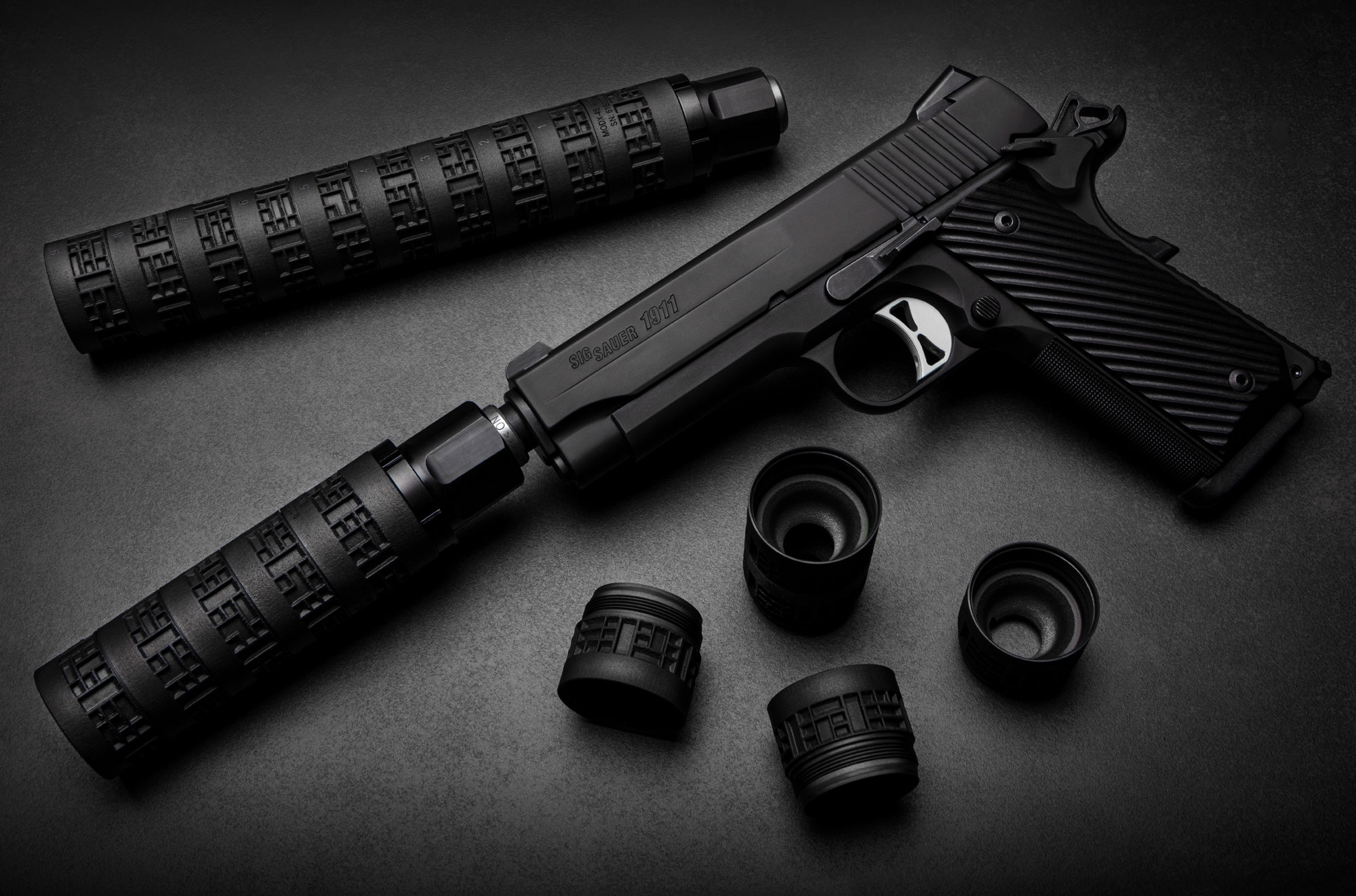
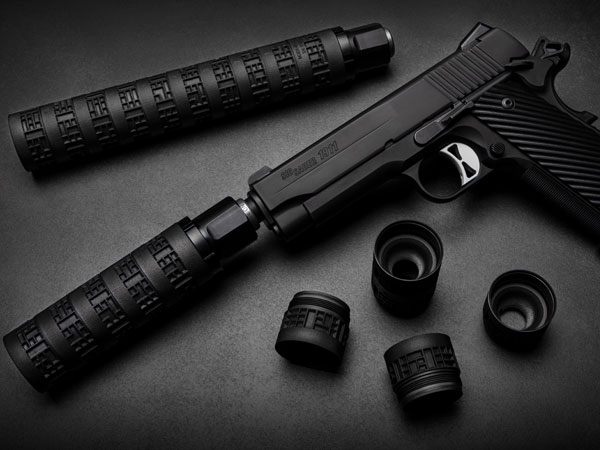
Reduced Audio Report
The most obvious benefit to shooting with a suppressor is reduced sound, or audio report. The amount of sound reduction will depend on a number of factors, primarily the caliber and type of ammunition you are using. As a general rule, higher energy rounds produce a louder boom as the projectile exits the barrel. Suppressors work to counteract that boom by capturing the gases escaping the barrel through a system of baffles and then slowly releasing them through the end of the suppressor. The choice of subsonic or supersonic ammunition will also affect the report. In most cases when used with subsonic ammunition, a suppressor will achieve ear-safe volume levels. The use of some supersonic ammo in conjunction with a suppressor may still require the use of some ear protection.
VIDEO: The Sound of a Suppressed SIG MCX Rattler in 300BLK
Reduced Felt Recoil and Muzzle Flash
Another major benefit to shooting with suppressors is that they allow for better accuracy through a reduction in felt recoil. As the baffles trap the gasses inside the suppressor, the firearm has less felt recoil. Not only does this allow you to keep the barrel down as you fire but it reduces muzzle flash and recoil, which may prevent you from flinching so that you can focus on your target. This means you’ll be able to see your target better for quicker follow-up shots. This also makes teaching new shooters easier, as they are typically not as concerned with the noise and recoil, and can concentrate on the fundamentals of shooting.
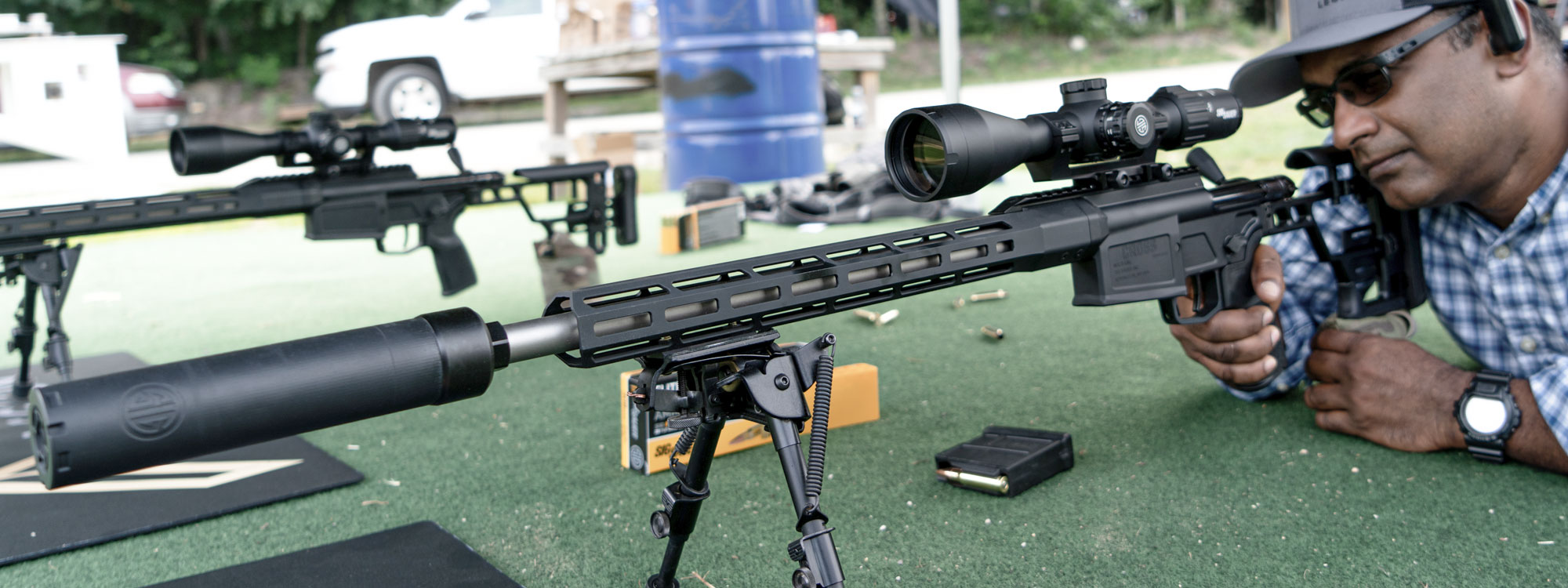
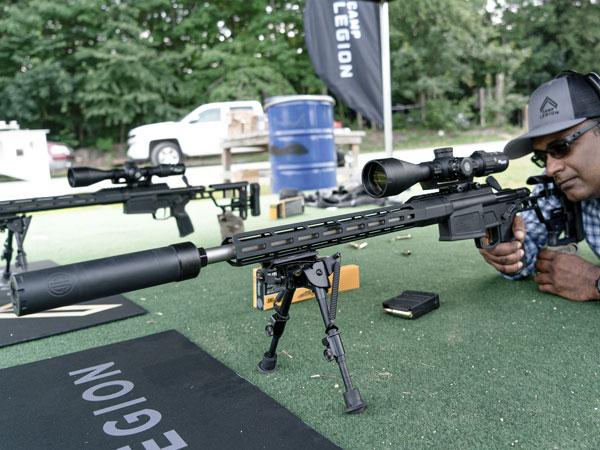
Why Use SIG Suppressors?
One of the benefits to the new line of SIG SAUER SLH and SLX rifle suppressors when compared to previous models and other manufacturers’ suppressors, is the reduction in flow of harmful toxic gases. Non-suppressed firearms eject nearly all toxic gases out of the muzzle and ejection port. When suppressed, those toxic gases are ejected back to the shooter with most products on the market today. The internal multi-flow path within the SLX and SLH suppressors redirect virtually all toxic gases away from the shooter, while the gasses exhaust at a faster rate than traditional baffle-style suppressors. This results in 70-80% less toxic fumes flowing back through the ejection port into the shooter's face. Left-handed rifle shooters, in particular, will enjoy this enhancement, as their heads are typically tilted on the side of the ejection port.
VIDEO: Lo-Tox SLX Suppressors
Increased Accuracy and Hearing While Hunting
One of Hiram Maxim’s original advertisements for his rifle suppressors sought to encourage hunters to use his product because if you miss, you’ll still be able to get a second shot off without scaring the animal away. While not entirely accurate as the sound will still be loud enough to alert your target, the real benefit is better accuracy since the suppressor allows the bullet to escape ahead of the gasses, producing less of a boom and allowing you to keep your firearm more level. Additionally, if used with the right combination of caliber and bullet grain weight, you can hunt without ear protection, allowing you to hear your surroundings better and be more prepared to take that shot.
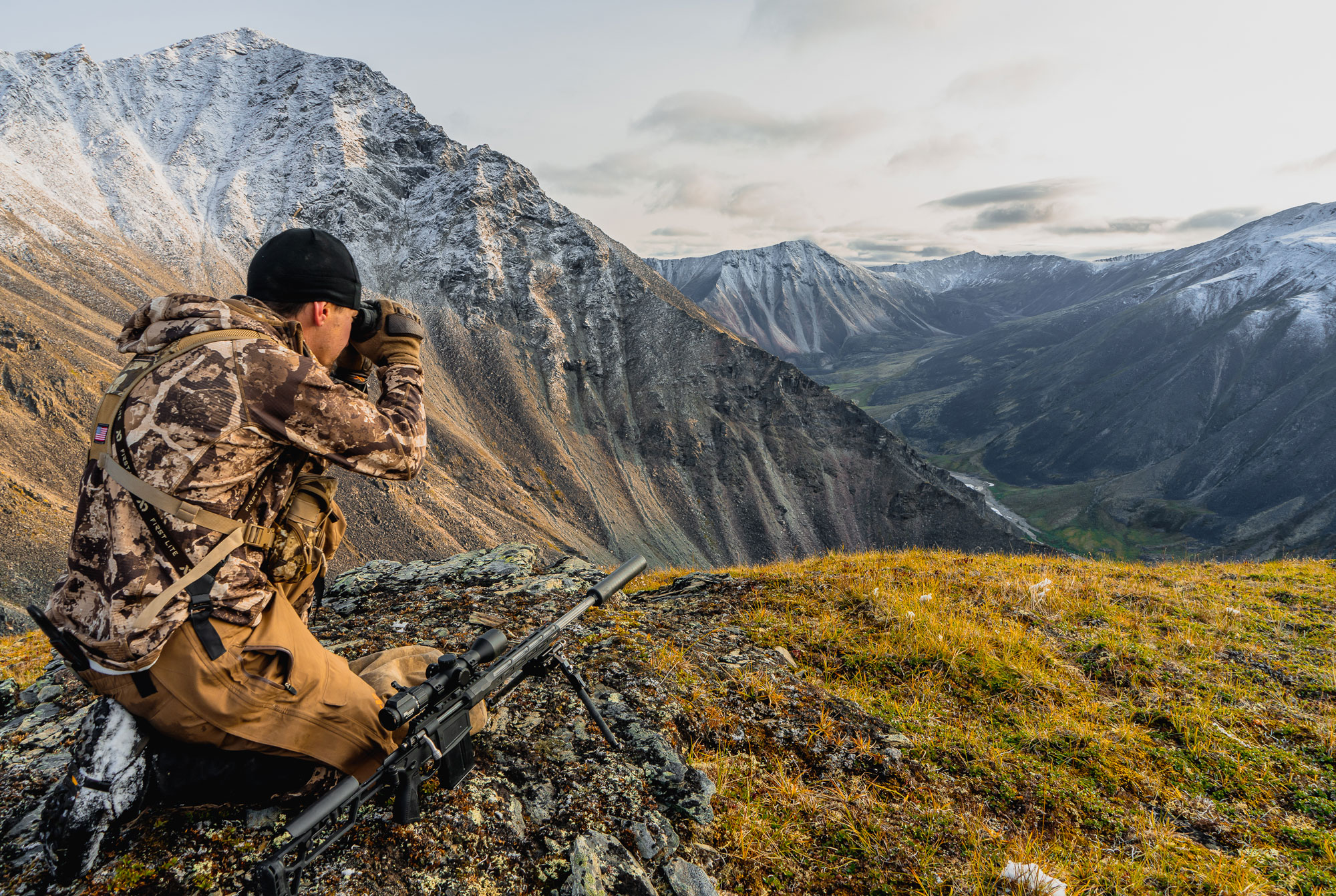
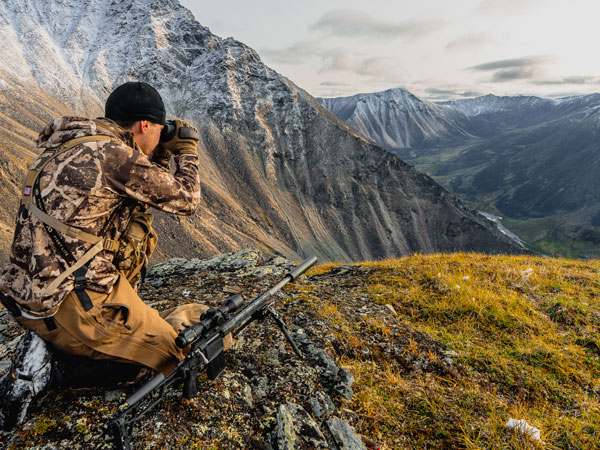
Portability, Temperature and Weight Considerations
Suppressors are not permanently affixed to firearms so, if you choose, you can remove it and store it at any time. Just be aware that they do get hot and after a few rounds, may require a heat pad to remove or a mat on which to allow it to cool. Another option is to keep it wrapped in a specially designed cover. This will prevent any accidental contact with skin and subsequent potential burns. It also reduces your suppressor’s heat signature and the mirage effect that can sometimes blur follow-up shots. Also, while they may appear large and heavy, suppressors are designed to be lightweight without sacrificing sound reduction and performance. SIG SAUER rifle suppressors weigh between 12 and 21 ounces while pistol suppressors average between 5 and 8 ounces.
So, what do you do to start the process? Despite common misconceptions, suppressors are not illegal. In fact they never have been, but they are regulated. Suppressors are legal to own in 42 states and of those states you are allowed to hunt with suppressors in 40 of them (Vermont and Connecticut are the exceptions). Suppressors are a federally regulated item through the NFA administered by the ATF which means you cannot directly purchase them online. You must purchase through a local dealer in the state in which you reside and the dealer can walk you through the process of suppressor ownership. For more information about suppressor ownership, visit the American Suppressor Association website.
Compare Products
Items